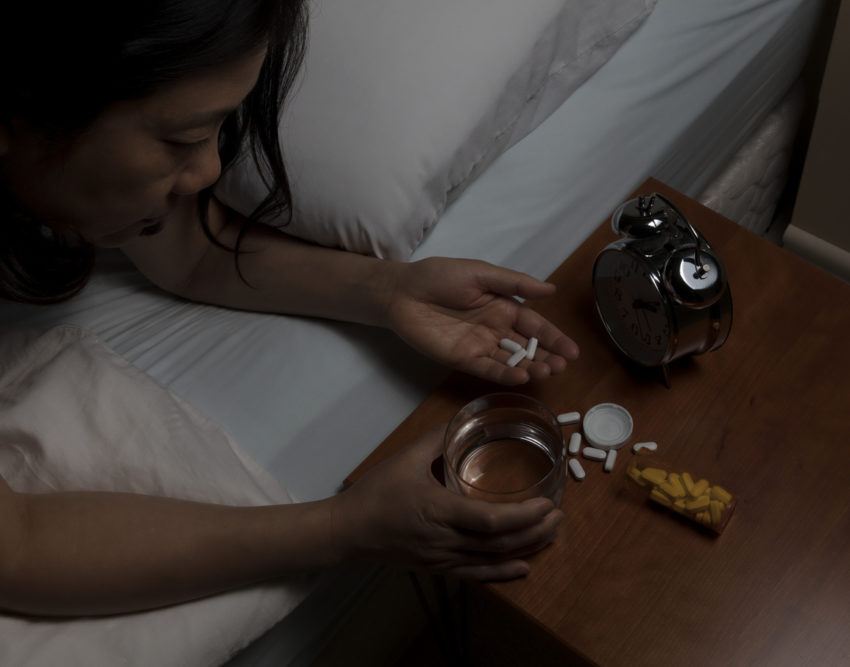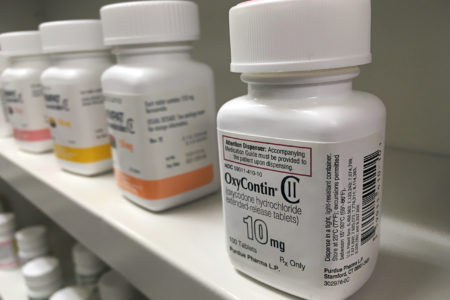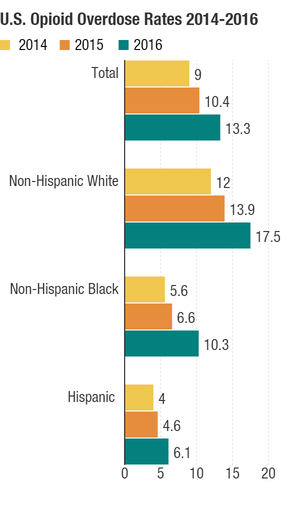
Share On Social!
U.S. Latinos are bearing an extraordinary burden when it comes to cases, deaths, other impacts of the COVID-19 pandemic.
Worse, this continues a trend of this group’s continual hardship of experiencing health and social inequities. Many reports suggest that this trend of Latinos and other people of color being disproportionately affected is worsening already harsh historical inequities.
One of those inequities is drug use. Moreover, COVID-19 and opioid addiction can impact and worsen each other, mainly for people of color.
“As people across the U.S. and the rest of the world contend with coronavirus disease 2019 (COVID-19), the research community should be alert to the possibility that it could hit some populations with substance use disorders (SUDs) particularly hard,” Dr. Nora Volkow, director of the National Institute on Drug Abuse (NIDA) writes. “All these possibilities should be a focus of active surveillance as we work to understand this emerging health threat.”
Drug Use and the Coronavirus
While there is only a preliminary understanding of COVID-19 and how other determinants influence the illness’ transmission and effects, researchers are able to link worsening outcomes with other harmful factors.
“We know very little right now about COVID-19 and even less about its intersection with substance use disorders,” Volkow writes. “But we can make educated guesses based on past experience that people with compromised health due to smoking or vaping and people with opioid, methamphetamine, cannabis, and other substance use disorders could find themselves at increased risk of COVID-19 and its more serious complications—for multiple physiological and social/environmental reasons.” 
While there are a host of health complications that come from using opioids and other drugs, such as adverse impacts on respiratory and pulmonary health, there are other factors that can influence a person with substance use disorder likelihood to get COVID-19 or its outcomes.
“Additionally, individuals with a substance use disorder are more likely to experience homelessness or incarceration than those in the general population, and these circumstances pose unique challenges regarding transmission of the virus that causes COVID-19,” Volkow writes.
These factors, along with the harmful impacts of these drugs, have shown an increase in mortality rates in China, according to the NIDA.
Reasons For Potential Rise in Drug
Public health precautions such as social distancing and self-quarantine, necessary measures, by all accounts, to contain the spread of COVID-19 and are more than inconveniences to a person struggling with addiction.
Latinos also are struggling with their stress and health amid lockdown, according to a survey by HolaDoctor.
“Additionally, individuals with a substance use disorder are more likely to experience homelessness or incarceration, and these circumstances pose unique challenges regarding the transmission of the virus that causes COVID-19,” Volkow writes in the Scientific American. “Research suggests that every one percentage point increase in the level of unemployment translates into a 3.6% increase in the opioid death rate.”
 During this pandemic, nearly 65% of Latino respondents reported losing jobs.
During this pandemic, nearly 65% of Latino respondents reported losing jobs.
According to recently published data from the National Bureau of Economic Research (NBER), during COVID-19 pandemic job loss is impacting Latinos and immigrant communities at higher rates than their peers.
Experts say rising unemployment could spark a 45% rise in homelessness by the end of 2020. This could be exacerbated amid increasing economic impacts of the pandemic.
Latino Opioid Crisis
The opioid crisis refers to the widespread misuse of prescription pain relievers in America, and the opioid crisis is hitting Latinos especially hard in many cities and rural areas
In many significant cities, black and Latino communities saw alarming increases in overdose death rates in 2019.
Lack of access to care has ironically protected Latino from accessing opioid prescriptions but not from purchasing illegal drugs.
Studies indicate that social and cultural factors may contribute to growing opioid rates among Hispanics, including the stigma linked to mental illness in the Hispanic culture.

According to the 2018 National Survey on Drug Use and Health in the U.S.,
- 7.1% of Latinos have a substance use disorder, compared to a rate of 7.4% among the total population.
- Latinos report lower rates of lifetime illicit drug use (37.7%) than European (54.5%) and African Americans (45.9%).
- 3% of Latinos have an illicit drug use disorder (the same rate as that among the total population).
- Rates of the past month and past year drug use among Latinos are comparable to those of other ethnic groups.
- Rates of alcohol dependence (5.3%) and binge drinking (24.6%) among Latino are similar to those of European Americans and slightly higher than those of African Americans.
Latinos have less access to substance use disorder treatment and must wait longer to access such services when compared to non-Latinos, which adds to disparities.
We know Latinos are more likely than their white peers to suffer from poverty, underlying conditions, and a lack of quality housing and transit, which adds to the problem in the current situation.
Check out these 19 solutions to immediately ease the coronavirus pandemic and its impact on Latinos and people of color, as well as make long-term strides to address underlying inequities that are aggravated during this time.
Learn more about the coronavirus pandemic and Latino health:
Explore More:
Health EquityBy The Numbers
25
years
of life expectancy between some U.S. cities.



